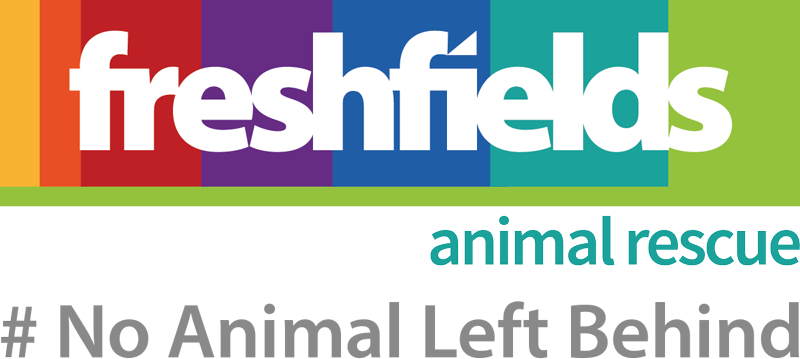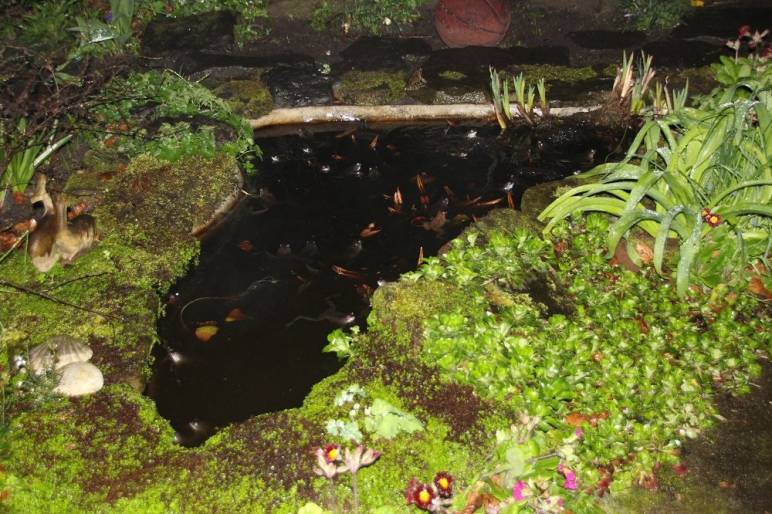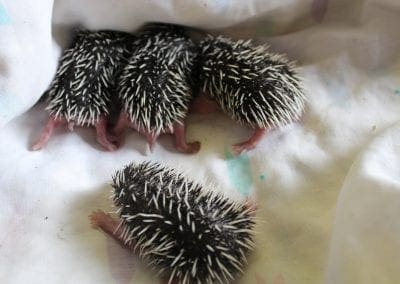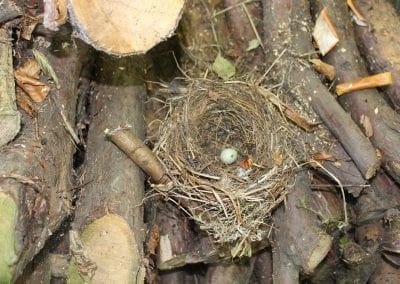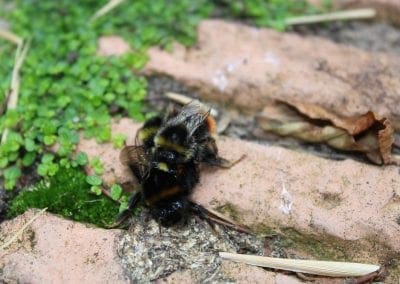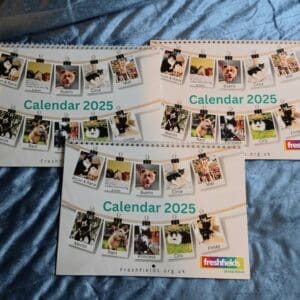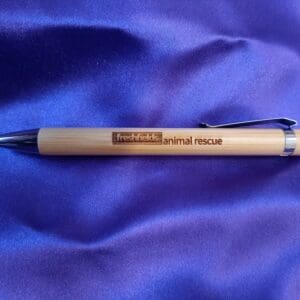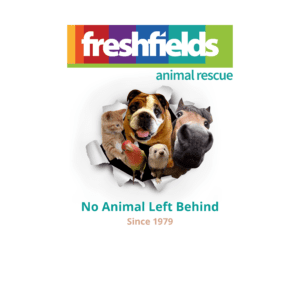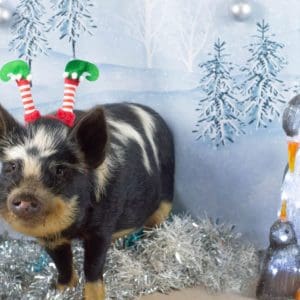Given the hectic nature of our everyday lives, it can sometimes seem impossible to find any time at all to dedicate to the upkeep of our gardens. However, with a few simple changes, your garden can become far more than a second thought, but instead it can be a beautiful sanctuary for wildlife.
Choose hedges over fences
As the name hedgehog suggests, hedges act as a revolving door for hedgehog entry and exit to our gardens while fences prove slightly more troublesome for our prickly friends. Opting for an evergreen hedge like holly will not only give your garden year-round colour, their berries will also provide a welcome source of food for birds during the winter months.
If you are reluctant to make such a drastic change, fences can be adapted to suit hedgehogs by leaving a small gap at the bottom.
Food and water for hedgehogs
Speaking of hedgehogs; if you’re making your garden easily accessible for our prickly friends, its important to make sure they have access to food and water when they arrive. Leaving a small amount of chicken or turkey flavoured dog food in your garden – especially on those rainy and miserable nights, will ensure you have a happy customer returning every evening. Hedgehogs eat around half their body weight every day and they will be more than thankful for your hospitality.
A common mistake, however, that can be fatal is leaving out milk rather than water. Hedgehogs are actually lactose-intolerant and milk can play havoc with their digestive system. But be sure to leave a shallow plate of water for them to wash down their meal with!
Add a water feature
Adding a water feature to your garden provides for a plethora of animals. Birds will use the water for washing and drinking whilst hedgehogs, voles and even foxes are partial to the odd dip from time to time (it’s true – but just be careful not to leave out any deep bowls with tall sides, as we want the smaller creatures to be able to get out of the water easily!). Deeper areas such as ponds can play host to swimming newts and aquatic insects whilst the shallower areas give amphibians somewhere to lay their eggs.
Leave a corner of your garden to grow wild and unkempt
Whilst it may go against the very fibre of a gardener’s being leaving an area of your garden free to grow unkempt can be crucial in ensuring the survival of many animals.
Fallen leaves, twigs and dead vegetation provide the foundation for the nests of hedgehogs amongst others. Manually adding a pile of logs will catalyse this process as well as occupying the insects that make up the bulk of the hedgehog’s diet.
A quick guide to bird feeders
There are two things to keep in mind in regards to bird feeders. The first is the position of the feeder – it needs to be placed well outside the reach of predatory cats. The second is the contents of the feeders – protein-rich feed is ideal for this time of year as it gives baby birds’ the best platform for survival.
Flowers are more than a pretty face
Spring brings with it a chance for bees to begin pollinating flowers. Because of the decline of bees in recent years, it is vital to provide flowers that will allow them to flourish. Bluebells and muscari are just two stunning examples of flowers that are irresistible to bees in early spring. Even if you only have the time or space for potted plants, primulas are perfect for this purpose.
These are just a few ideas for your garden that can transform a neglected outdoor space into a safe haven for wildlife that birds and hedgehogs alike will adore.
Donate Here
Lost & Found Pets
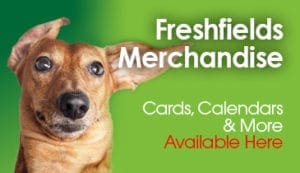
Merchandise
Exclusive merchandise available direct from the rescue. Don't miss out, follow the link to make your purchase today.

